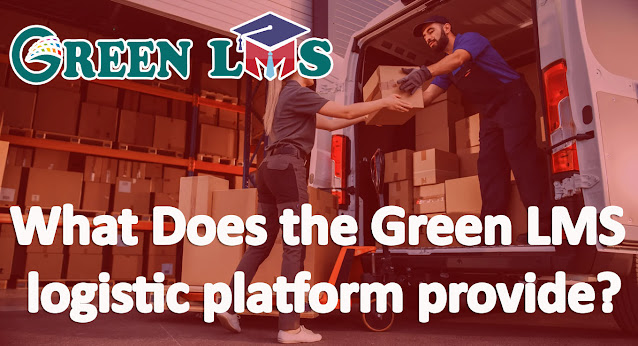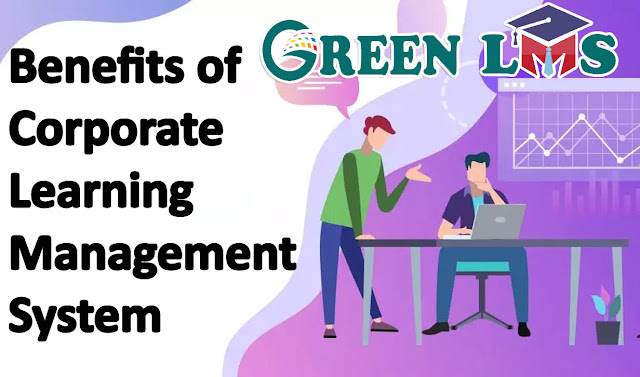LMS vs. Traditional Classroom: A Comparative Analysis
Introduction
Learning management systems (LMS) have become an
increasingly popular way to deliver education and training. LMS platforms offer
a variety of features that can help educators create and deliver engaging and
effective learning experiences. However, there are still many educators who
prefer to teach in traditional classrooms.
In this article, we will compare and contrast LMS and
traditional classroom learning. We will discuss the advantages and
disadvantages of each approach, and we will help you decide which approach is
right for your needs.
LMS Learning
·
Course creation tools
·
Content delivery tools
·
Assessment tools
·
Communication tools
·
Collaboration tools
·
Reporting tools
LMS platforms can be used to deliver a wide variety of learning
content, including text, video, audio, and interactive activities. LMS platforms can also be used to
create blended learning programs, which combine online learning with
traditional classroom instruction.
Traditional Classroom
Learning
Traditional classroom learning is a type of learning that takes
place in a physical classroom with a teacher and a group of students.
Traditional classroom learning typically involves lectures, discussions,
activities, and assignments.
Traditional classroom learning has several advantages,
including:
·
Face-to-face interaction: Traditional classroom
learning allows students to interact with their teacher and classmates
face-to-face. This interaction can help students learn more effectively and
build relationships with their peers.
·
Immediate feedback: Students can receive immediate
feedback from their teacher in a traditional classroom setting. This feedback
can help students identify their strengths and weaknesses and improve their
learning.
·
Structure: Traditional classroom learning provides students with a
structured learning environment. This structure can help students stay on track
and make progress in their studies.
Advantages of LMS Learning
·
Flexibility: LMS learning offers students flexibility in terms of when and
where they learn. Students can access LMS courses from anywhere with an
internet connection.
·
Personalization: LMS learning can be personalized to meet the needs of each
student. LMS platforms can track student progress and adapt the learning
experience accordingly.
·
Accessibility: LMS learning is accessible to students with a variety of
learning styles and needs. LMS platforms offer a variety of tools and features
to support all learners.
·
Scalability: LMS learning is scalable. LMS platforms can be used to
deliver courses to a large number of students simultaneously.
·
Cost-effectiveness: LMS learning can be more
cost-effective than traditional classroom learning. LMS platforms can reduce
the need for physical classrooms and teachers.
Disadvantages of LMS Learning
·
Lack of face-to-face interaction: LMS learning can lack
the face-to-face interaction that is important for some learners.
·
Delayed feedback: Students may have to wait for feedback from their
instructor in an LMS learning environment. This can delay students' progress.
·
Lack of structure: LMS learning can lack the
structure that some learners need. Students may need to be self-motivated and
disciplined to succeed in an LMS
learning environment.
·
Technical difficulties: Technical difficulties can
disrupt the learning experience in an LMS learning environment.
Advantages of Traditional
Classroom Learning
·
Face-to-face interaction: Traditional classroom learning
allows students to interact with their teacher and classmates face-to-face.
This interaction can help students learn more effectively and build
relationships with their peers.
·
Immediate feedback: Students can receive immediate feedback from their teacher
in a traditional classroom setting. This feedback can help students identify
their strengths and weaknesses and improve their learning.
·
Structure: Traditional classroom learning provides students with a
structured learning environment. This structure can help students stay on track
and make progress in their studies.
·
Support: Students can receive support from their teacher and
classmates in a traditional classroom setting. This support can help students
overcome challenges and succeed in their studies.
Disadvantages of Traditional
Classroom Learning
·
Lack of flexibility: Traditional classroom learning
is less flexible than LMS learning. Students must attend classes at a specific
time and location.
·
Lack of personalization: Traditional classroom learning
is less personalized than LMS learning. It can be difficult for teachers to
personalize instruction for each student in a traditional classroom setting.
·
Accessibility: Traditional classroom learning
may not be accessible to students with disabilities or other special needs.
·
Cost: Traditional classroom learning can be more expensive than
LMS learning. Traditional classroom learning requires physical classrooms and
teachers.
Which Approach is Right for You?
The best approach for you will depend on your individual needs
and preferences. If you are looking for a flexible and personalized learning
experience, then LMS learning may be a good option for you.
If you prefer the
structure and support of a traditional classroom setting, then traditional
classroom learning may be a better option for you.
Here are some additional factors
to consider when choosing between LMS and traditional classroom learning:
·
Learning style: Some learners prefer to learn at their own pace and in
their way. Other learners prefer the structure and guidance of a
teacher. Consider your learning style when choosing between LMS and
traditional classroom learning.
·
Learning goals: What are you hoping to achieve
by learning this new material? If you are looking to learn a new skill or
knowledge base quickly, then LMS learning may be a good option for
you. If you are looking to develop a deep understanding of a subject, then
traditional classroom learning may be a better option.
·
Budget: LMS learning is typically more cost effective than traditional
classroom learning. However, there are some costs associated with LMS
learning, such as the cost of the LMS platform and the cost of developing
and maintaining online courses.
·
Accessibility: LMS learning is more accessible
to students with disabilities and other special needs than traditional
classroom learning. However, some LMS platforms may not be accessible
to all learners.
Conclusion
Both LMS and traditional classroom learning have their
advantages and disadvantages. The best approach for you will depend on your
individual needs and preferences. Consider your learning style, learning goals,
budget, and accessibility needs when choosing between LMS and traditional
classroom learning.
If you're inspired by the potential of e-learning platform in Oman to
make a real difference, don't miss out on experiencing it firsthand. Click here
to Get a Free Business LMS for a Lifetime, a top-tier cloud-based LMS solution,
and join the revolution towards inclusive, accessible, and effective education
for all.
Read more about how Green LMS
can be tailored for various applications:
Ready to experience unparalleled eLearning in Oman with peace
of mind? Click here for Lifetime Free Green LMS.
With Green LMS, secure and stellar elearning is
not just a promise, but a guarantee. https://www.thegreenlms.com/book-a-demo/




Comments
Post a Comment